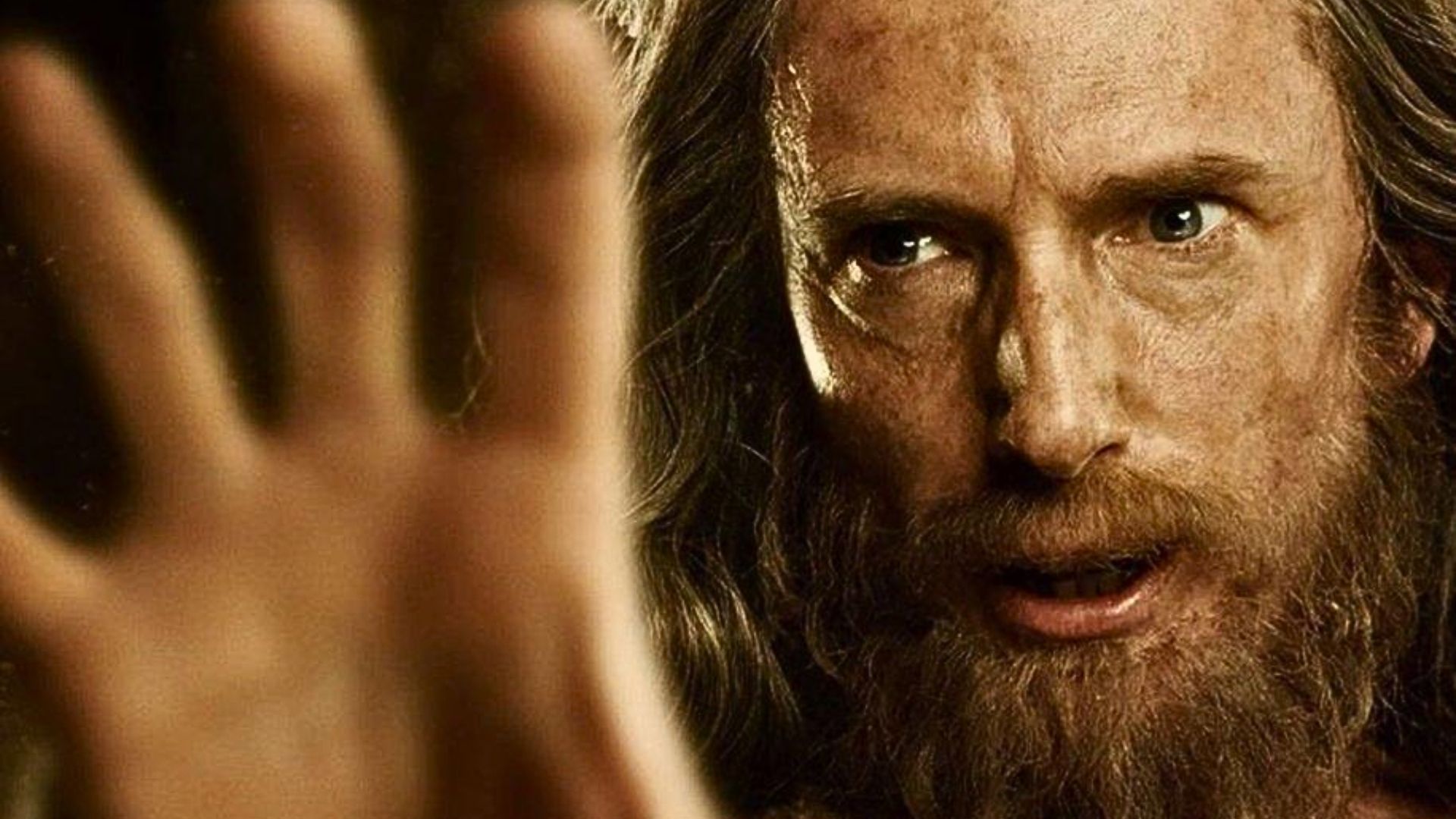
The Rings of Power social media account posted on X/Twitter a video with the “Tolkien professor” Dr. Corey Olsen, an expert on all things Lord of the Rings. The interview consisted of Olsen primarily tackling the reveal of the Stranger as Gandalf, but he begins with a pretty important disclaimer about what can be considered as “canon.” Well, specifically, that nothing is truly set in stone in Tolkien’s writing, and the author rarely settled on the historical details of Middle-earth.
“First thing to specify is that there’s no such thing, really, as canon in Tolkien. Tolkien’s ideas were ever-evolving. In the text of The Lord of the Rings , we are told that Gandalf, with the other Wizards, arrived at around year 1000 of the Third Age. And in his later years, he was playing with the idea of maybe Gandalf coming sooner, maybe some of the Wizards coming in the Second Age, and taking part in the Wars of The Rings of Power.
From the very beginning, The Rings of Power has teased the identity of the Stranger as Gandalf, making his first appearance in Middle-earth during the Second Age. He’s not the only major wizard making his way to the show, either. According to Dr. Olsen, Gandalf has had many names throughout history, and The Rings of Power actually falls within the spirit of his character’s past in Tolkien’s texts.
“He’s known as Mithrandir among the Elves and in Gondor. He’s known as Gandalf in the North, he’s known as Tharkûn to the Dwarves. And he’s known as Incánus in the South. When he lived in Valinor among the Gods, his name was Olóran. So it suggests he’s been around lots of places, has impacted many different communities and many different Peoples, and they’ve known him under many different names. That same passage where he talks about his different names, he says, ‘To the East, I go not.’ When we look at that quote in context, he’s talking to a dude from Gondor, and the people of Gondor, they call Mordor ‘the East.’ He meant, ‘Don’t expect me to go throw down with, you know, the Dark Lord at the gates of Barad-dûr.'”
No, The Rings of Power Has Not Ruined the Canon
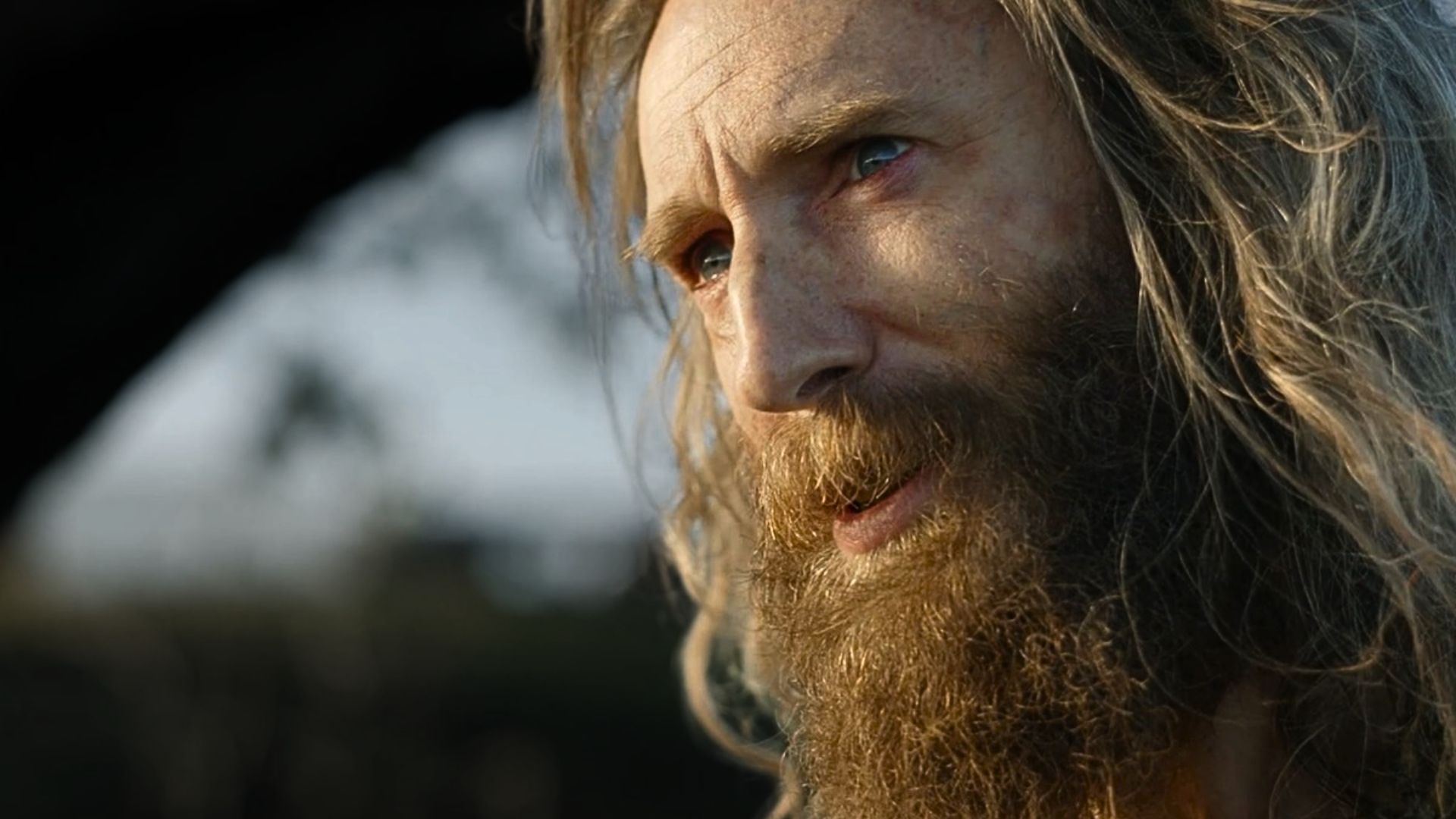
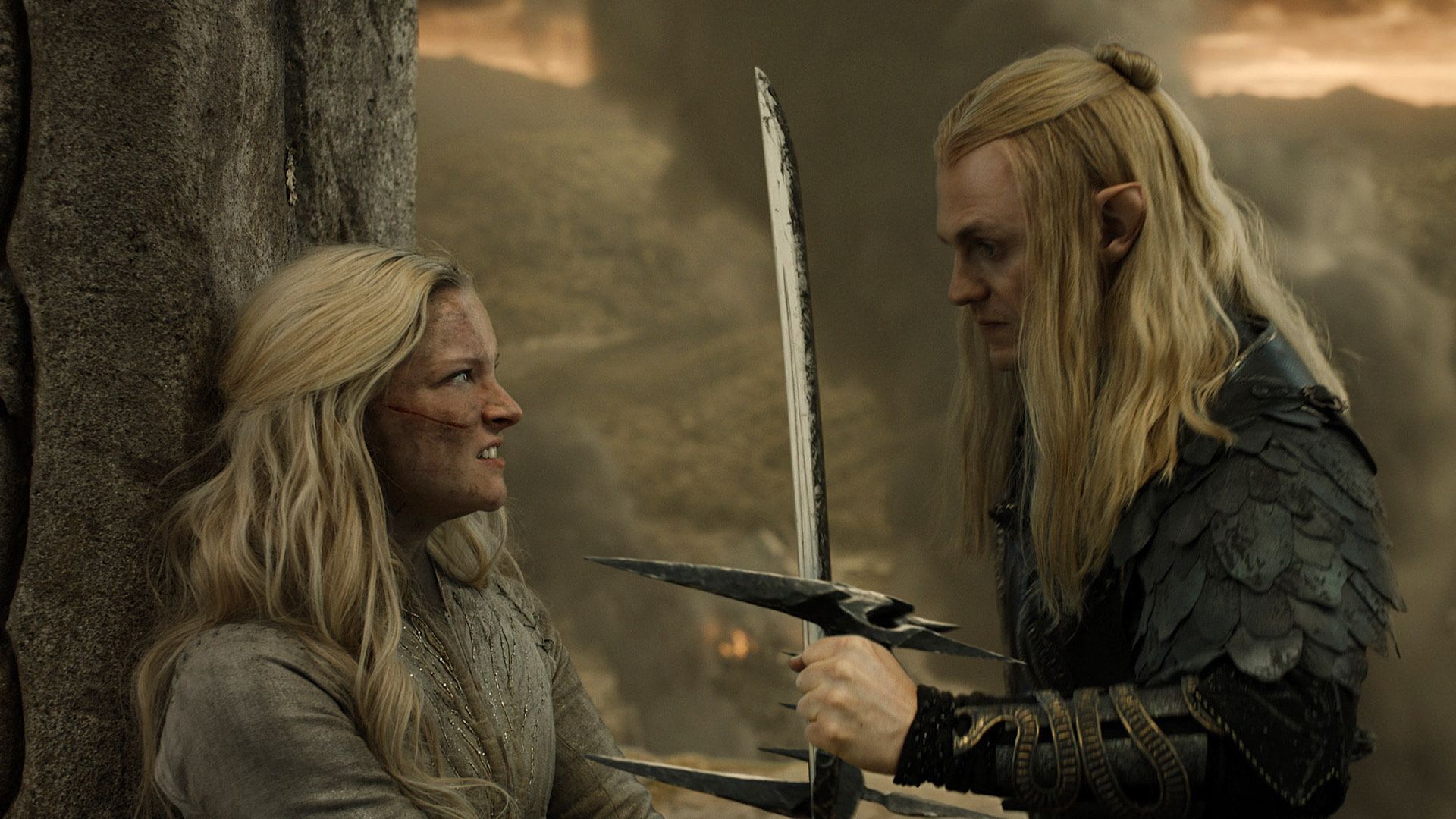
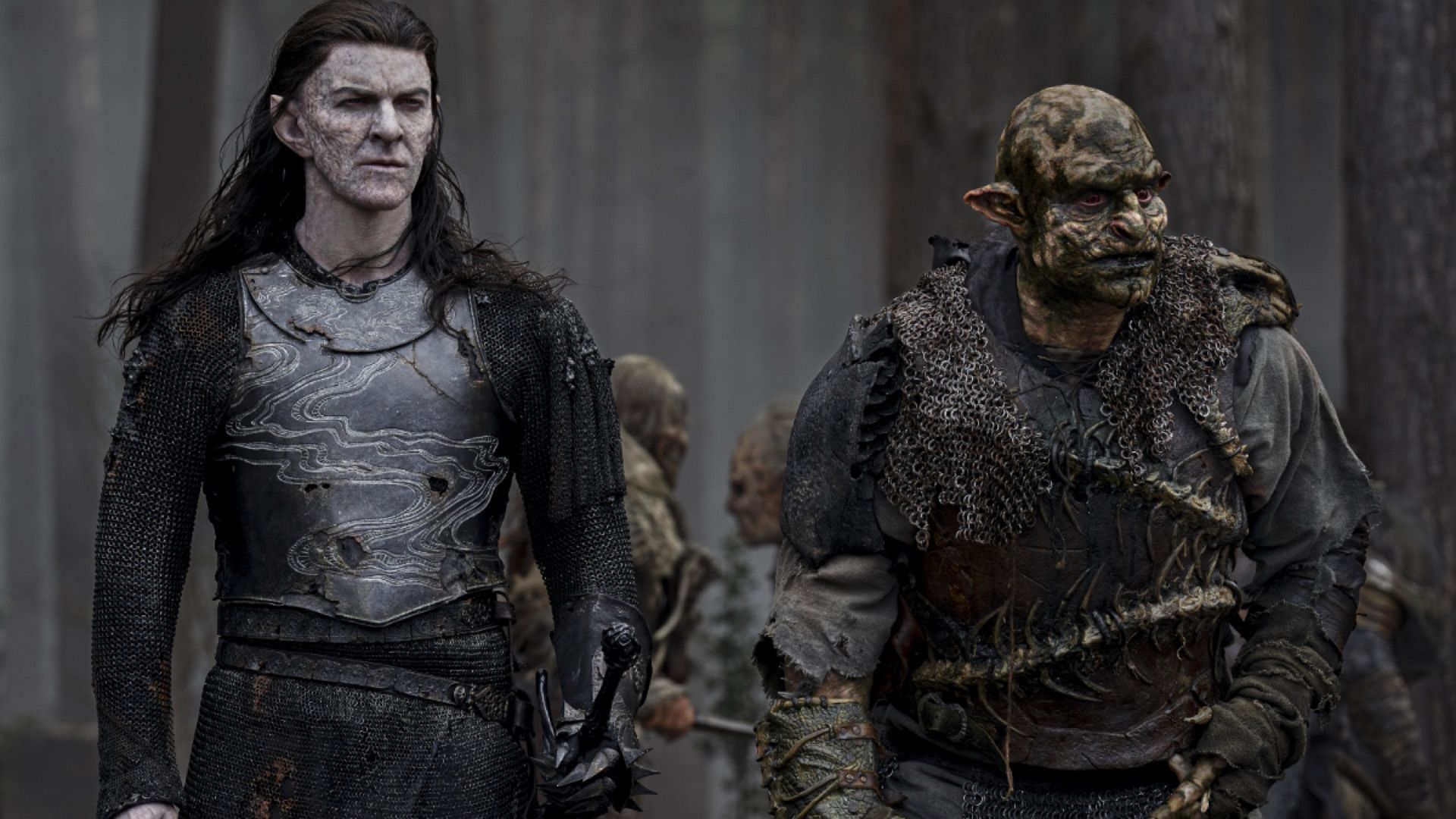
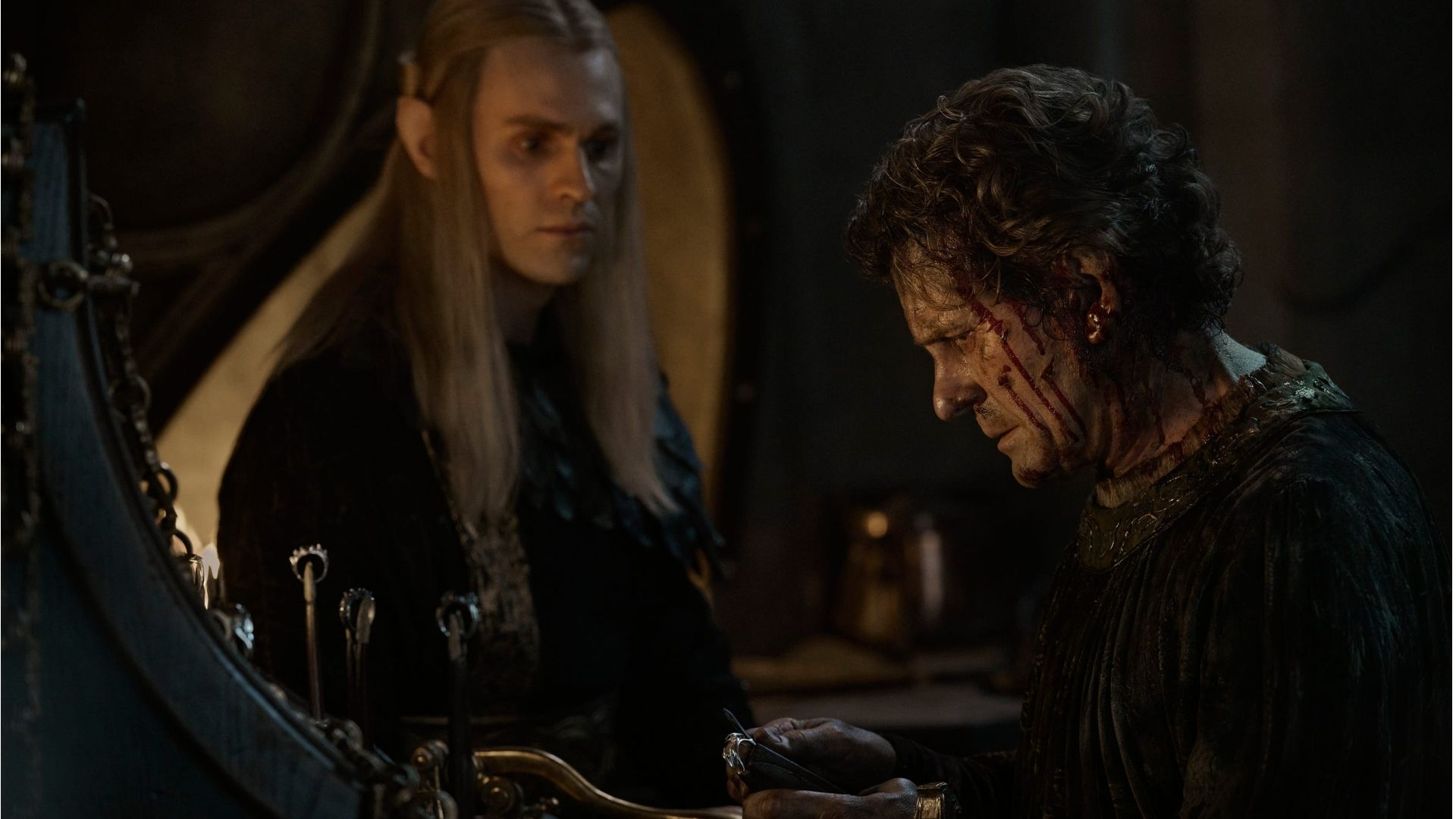




A big part of what makes The Rings of Power a meaningful entry in The Lord of the Rings franchise is its commitment to expanding the world of Middle-earth and filling in the blanks of its history. There has probably been a bit too much of a fuss made about the show’s “changes” to the canon, especially when it comes to details that otherwise would not change the overall landscape of The Lord of the Rings. Having Gandalf appear a bit earlier than in the books, something that was already pretty ambiguous, only serves to develop him as a character. Moreover, this is a significantly different version of Gandalf, one that audiences have not experienced before.
Although some Reddit users were ready to pounce onThe Rings of Power Season 2 finale, it seems complaints about it “ruining the canon” has been very much exaggerated. Of course, this is clear to those who have closely followed Tolkien’s material, which has always been vague when it comes to the exact details of the Second Age.




